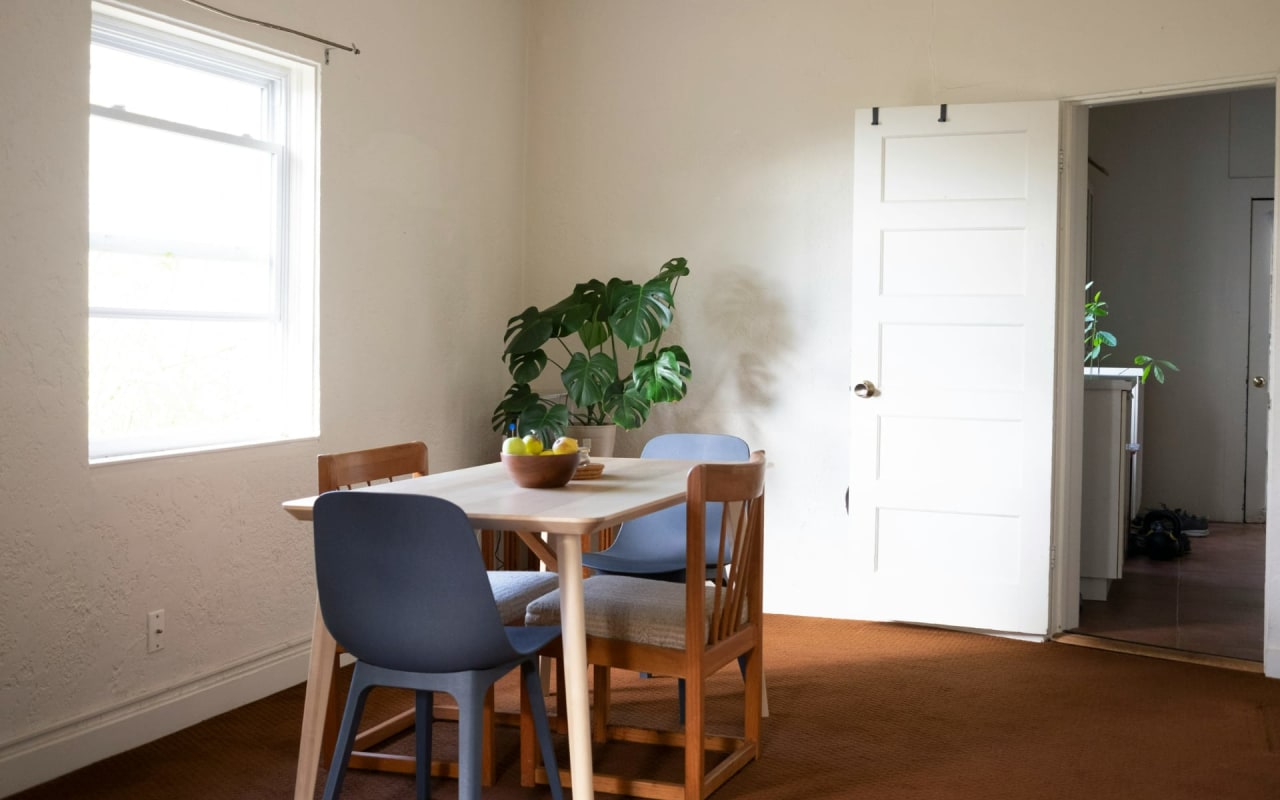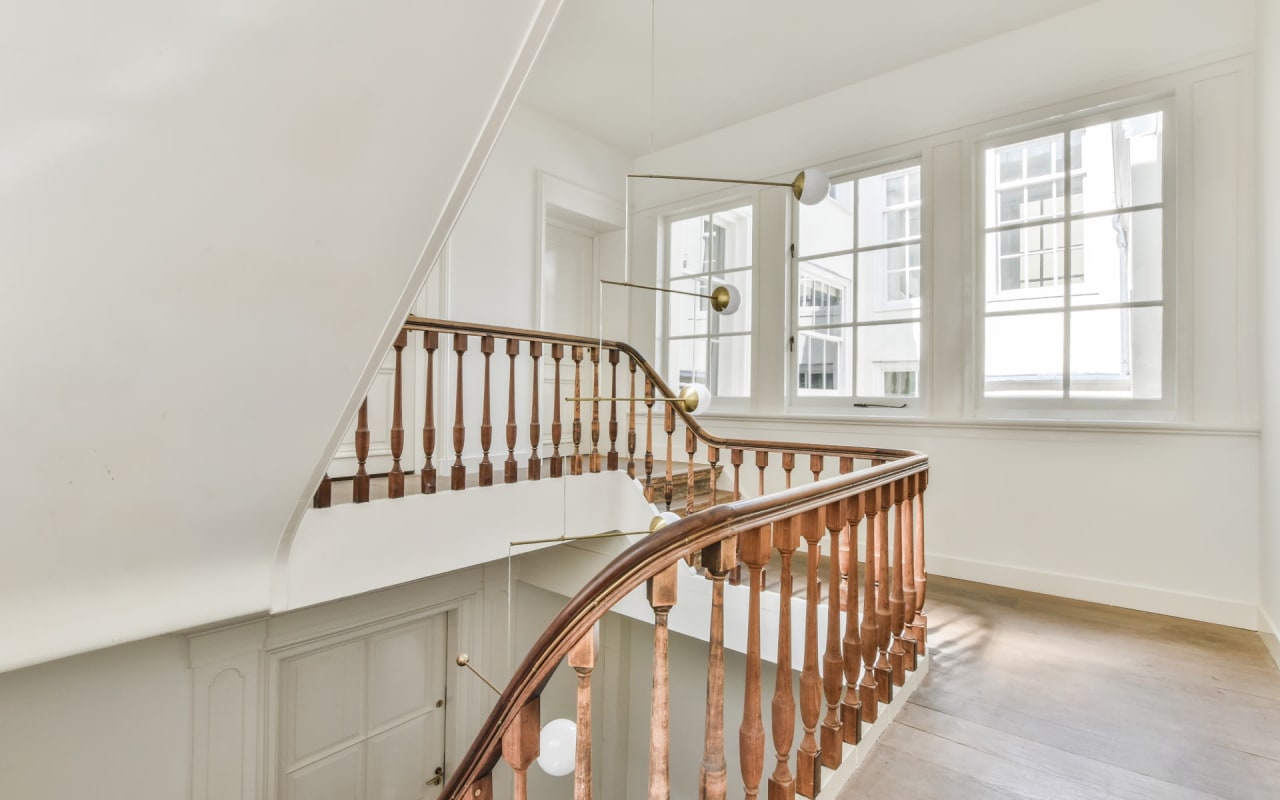Question: The seller of a home I’m interested in is offering a 2-1 Buydown incentive. Should I accept that or negotiate for something else?
Answer: Higher mortgage rates have re-opened conversations about creative ways to help buyers reduce their rates and monthly payments to incentivize demand: assumptions, seller-financing, buy-downs, adjustable mortgages, and more. Over the coming months, I’ll start covering some of these options to share pros and cons of each.
This week, we will look at the 2-1 Buydown, which has captured a lot of attention lately and is being marketed as a way for seller’s to draw buyer interest by helping them reduce their monthly payments during the first two years of their loan.
I’d like to thank Trey Reed of Intercoastal Mortgage ([email protected]) and Brad Pace of US Bank ([email protected]) for their contributions on this article.
POLL: How would you prefer to allocate a $10,000 benefit from the seller of a home you are buying?
Answer 1: $10,000 off interest payments spread over two years (2-1 Buydown)
Answer 2: $10,000 in points to permanently lower your interest rate (“lose” benefit if you sell or refi)
Answer 3: $10,000 off closing costs (up-front cash savings)
Answer 4: $10,000 reduction to the purchase price
What is a 2-1 Buydown?
A 2-1 Buydown is a seller-paid benefit to the borrower/buyer that reduces their mortgage rate by 2% in the first year and 1% in the second year. In the simplest terms, it allows the seller to pre-pay some of the buyer’s interest payments for the first two years of the loan to reduce their monthly payments.
It generally equates to a savings on total interest payments equal to ~2.35% of the loan amount, over the two-year period. The seller pays that amount to the bank at closing, which shows up as an additional cost to the seller on their settlement statement. The 2-1 Buydown is something sellers may offer up-front or that buyers can negotiate for.
Ultimately, the question (which is reflected in the above poll) is whether or not the dollars allocated by the seller to a 2-1 Buydown are best used there versus towards buyer closing costs (reduces buyers out-of-pocket), lowering the purchase price (reduces interest/payments over the life of the loan and loan payoff amount), or points (a permanent reduction in interest rate rather than pre-paying some interest for two years).
It’s important to note that the 2-1 Buydown doesn’t change the qualification requirements (e.g. Debt to Income ratio limits) for the borrower (buyer). They must qualify for the loan at the full mortgage rate, not the discounted rate.
There is also a less commonly used 3-2-1 product that lasts three years and reduces the rate by 3%, 2%, and 1% in years 1-3 of the loan.
Example of a 2-1 Buydown
Here’s an example from Brad Pace at US Bank of a 2-1 Buydown, compared to using the same dollars to reduce the purchase price:
Standard Deal w/o Any Negotiated Discount:
- Purchase Price: $1,500,000
- Loan Amount: $1,200,000 (20% down)
- Interest Rate (7yr ARM): 5.75%
- Principle & Interest (P&I) Payment: $7,002
Deal w/ 2-1 Buydown:
- First Year P&I Savings: $17,345.85 ($5,557 P&I payment)
- Second Year P&I Savings: $8,917.27 ($6,259 P&I payment)
- Buyer Savings in First Two Years (also the cost to seller): $26,263.12
Deal w/ Cost of 2-1 Buydown Applied to Price:
- Purchase Price: $1,500,000 – $26,263 = $1,473,737
- Loan Amount: $1,178,989 (20% down)
- P&I: $6,880
- Buyer pays $23,328 more in first two years compared to the 2-1 Buydown and will take ~16 years for the lower ($122/mon P&I) payment on the price reduction to breakeven with the cost savings of the 2-1 Buydown. However, buyers also benefit from a lower loan balance which means more equity and more proceeds when they sell.
Pros and Cons of the 2-1 Buydown
While the 2-1 Buydown may be considered a helpful marketing tool for sellers to draw interest in their home, buyers ultimately need to decide whether they feel it’s the right allocation of dollars being offered by the seller compared to alternatives like closing costs, price reduction, or points.
For me, I think it’s worth considering if you’ve already negotiated for the seller to pay 100% of closing costs and there’s still enough negotiation room to cover the cost of a 2-1 Buydown and the savings in the first two years is more valuable to you then longer-term payment reduction and loan balance reduction you get by lowering the purchase price.
Pros of a 2-1 Buydown:
- Will reduce your payments significantly more during the first two years than an equivalent reduction in the purchase price
- If the buyer refinances their loan or sells before the two years of the 2-1 Buydown is complete, the bank will credit any remaining balance on the 2-1 Buydown against the payoff of the loan. This makes it different (and potentially more valuable) than buying down a rate permanently with points because you lose that benefit upon refi or resale.
- Gives buyer more time to adjust to their full mortgage payment if they expect a raise or additional source of income within 2-3 years from their purchase
- Gives buyer extra cashflow in first two years to help with moving expenses including buying furniture
Cons of a 2-1 Buydown:
- If the 2-1 Buydown is in lieu of seller paying buyer closing costs, buyer may benefit more by having those funds used to reduce their closing costs which results in an up-front cash savings instead of receiving that same dollar amount spread over two years (money now vs over time)
- Many banks do not carry a 2-1 Buydown option so the “natural” interest rate on a 2-1 Buydown can be higher and some banks only offer it on their 30yr fixed rate loans, not ARMs or Jumbo loans
- Over the long run, a reduction in purchase price (loan amount) might save you more money than the up-front savings of a 2-1 Buydown. Discuss this trade-off with your loan advisor.
Let me know what you think about the 2-1 Buydown in the poll and/or comments section!
If you’d like to discuss buying, selling, investing, or renting, don’t hesitate to reach out to me at [email protected].
If you’d like a question answered in my weekly column or to discuss buying, selling, renting, or investing, please send an email to [email protected]. To read any of my older posts, visit the blog section of my website at EliResidential.com. Call me directly at (703) 539-2529.
Video summaries of some articles can be found on YouTube on the Ask Eli, Live With Jean playlist.
Eli Tucker is a licensed Realtor in Virginia, Washington DC, and Maryland with RLAH @properties, 4040 N Fairfax Dr #10C Arlington VA 22203. (703) 390-9460.




